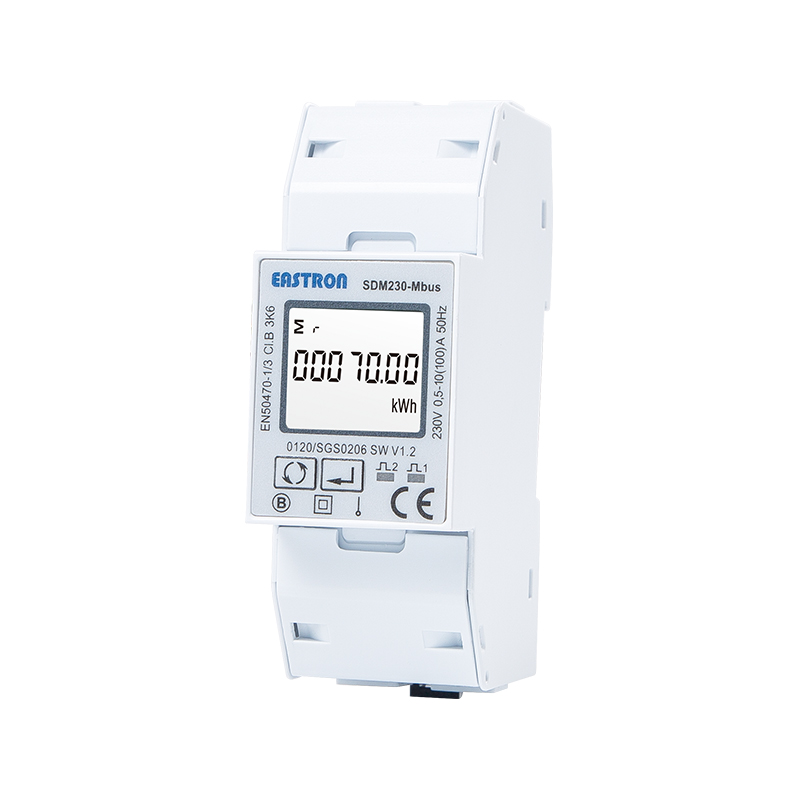Product Consultation
Your email address will not be published. Required fields are marked *

Join Eastron at The smarter E Europe 2025: Discover Smarter Energy Meaurement Solutions
Apr 02,2025
Eastron Secures China's First UL Certification for AC Smart Meters, Leading the Global Market
Apr 24,2025
What are the key technological advancements in energy meters that Eastron has integrated into its products to enhance accuracy and reliability?
Apr 23,2025The installation requirements for an ETL (Energy Technology List) energy meter generally include the following considerations:
Site Preparation
Location: Choose a location that is accessible for installation, maintenance, and readings. Ensure it is within reach of necessary electrical connections and avoids extreme environmental conditions.
Space: Provide adequate space around the meter for installation and maintenance activities. This includes room for wiring, connectors, and any additional equipment.
Mounting
Mounting Surface: The meter should be mounted on a stable surface or panel. Ensure the surface is strong enough to support the meter and any associated components.
Mounting Type: Depending on the meter design, it might be wall-mounted, panel-mounted, or rack-mounted. Follow the manufacturer’s instructions for the appropriate mounting method.
Electrical Connections
Power Supply: Ensure the meter is connected to a power supply that matches its voltage and current ratings. Check for compatibility with the local electrical system.
Wiring: Use appropriate gauge wires for the electrical connections, as specified by the manufacturer. Ensure all connections are secure and comply with local electrical codes.
Grounding: Properly ground the meter to prevent electrical faults and ensure accurate measurements. Follow the grounding instructions provided by the manufacturer.
Environmental Conditions
Temperature and Humidity: Install the meter in an environment that falls within its specified temperature and humidity ranges. Avoid exposure to extreme temperatures, moisture, or corrosive substances.
Protection: Consider additional protection if the meter will be exposed to dust, dirt, or other environmental hazards. Use enclosures or covers as recommended.
Calibration and Setup
Initial Calibration: Perform any required initial calibration or configuration as specified by the manufacturer. This may involve setting parameters or inputting specific data related to the installation site.
Configuration: Set up the meter’s configuration options, such as measurement ranges, communication settings, and display preferences, according to the application requirements.
Compliance and Standards
Regulations: Ensure that the installation complies with local electrical codes, regulations, and safety standards. This may include adhering to standards for electrical installations and equipment safety.
Certification: Verify that the installation follows any guidelines associated with the ETL certification, ensuring the meter operates correctly and safely.
Testing and Verification
Functionality Check: After installation, test the meter to verify that it is functioning correctly. Check all connections, confirm that the meter is powered on, and verify its readings against known values.
Accuracy Check: Perform any necessary accuracy checks or calibration procedures to ensure that the meter provides accurate and reliable measurements.

Documentation and Training
Documentation: Review and follow the installation manual and guidelines provided by the manufacturer. Keep documentation for future reference and maintenance.
Training: Ensure that personnel responsible for operating and maintaining the meter are trained in its use, including understanding its features and how to perform routine maintenance.
Proper installation of an ETL energy meter involves selecting an appropriate location, securely mounting the meter, ensuring correct electrical connections and grounding, and adhering to environmental and regulatory requirements. Calibration, testing, and adherence to manufacturer guidelines are essential to ensure the meter functions correctly and provides accurate measurements.
Your email address will not be published. Required fields are marked *
We develop and produce high performance electricity meters, power analyzers, current sensors, communication modules and management systems. China Custom Smart Meters Manufacturers and Factory
Address: NO 52, Dongjin Road, Nanhu, Jiaxing, Zhejiang, China
Copyright @ Eastron Electronic Co., Ltd. All rights reserved Electricity Meters Manufacturers
